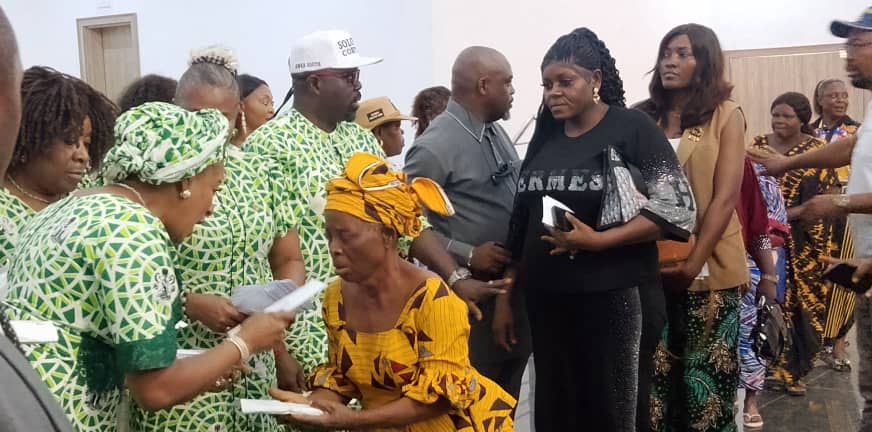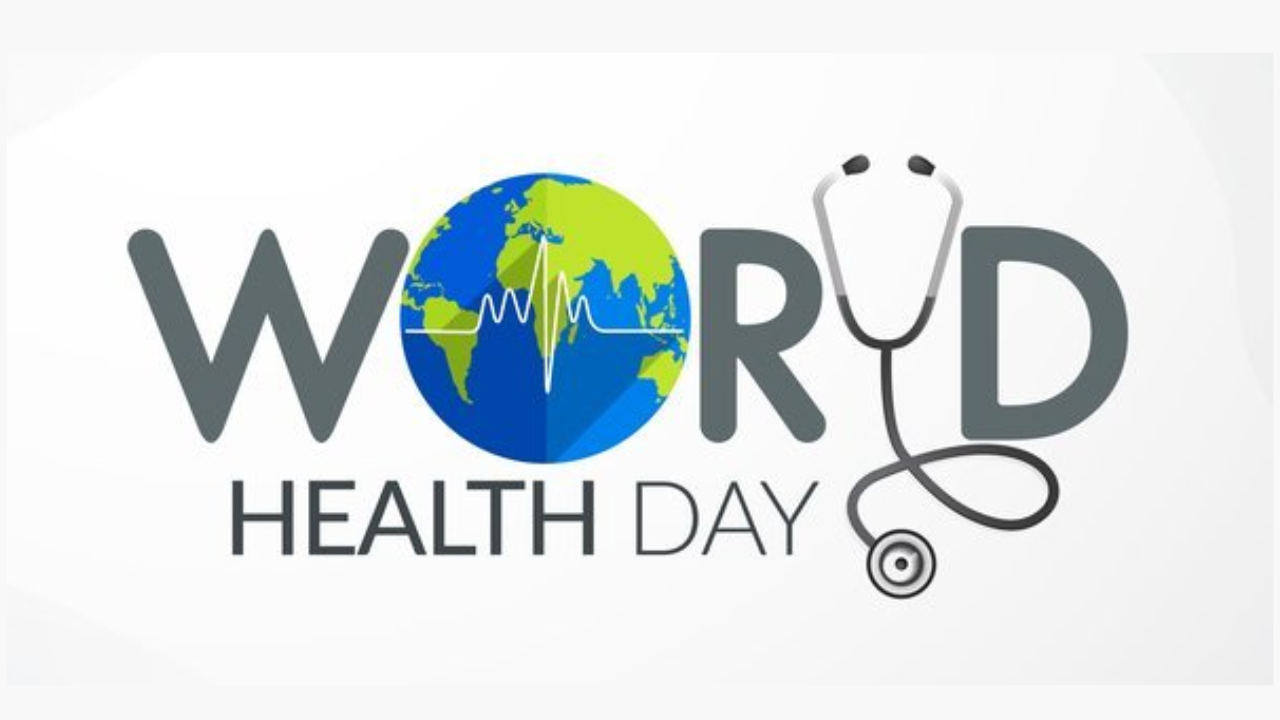2025 Annual Flood Outlook: 176 LGAs in 30 States at High Risk, FG Warns
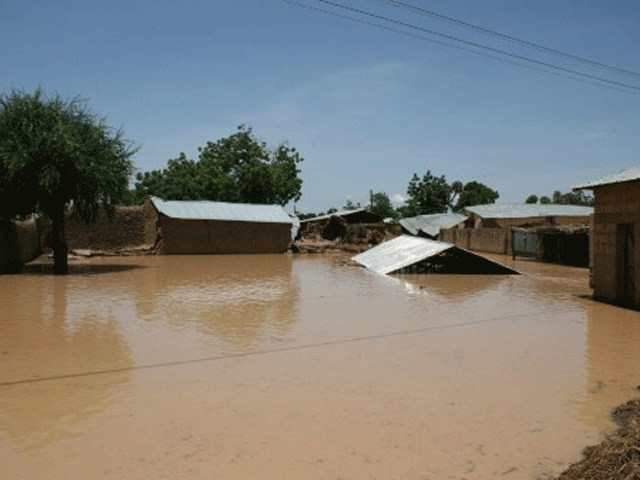
By Fatima Saka
The Federal Government has raised concerns over impending floods, identifying 1,249 communities in 176 Local Government Areas (LGAs) across 30 states and the Federal Capital Territory (FCT) as high-risk flood zones in 2025. Noting the additional 2,187 communities in 293 LGAs face moderate flood risks. States with significant flood threats include Abia, Benue, Lagos, Bayelsa, Rivers, and Jigawa.
High-Risk Flood States: Abia, Adamawa, Akwa Ibom, Anambra, Bauchi, Bayelsa, Benue, Borno, Cross River, Delta, Ebonyi, Edo, Gombe, Imo, Jigawa, Kebbi, Kogi, Kwara, Lagos, Nasarawa, Niger, Ogun, Ondo, Osun, Oyo, Rivers, Sokoto, Taraba, Yobe, Zamfara, and the FCT.
The Minister of Water Resources and Sanitation, Engr. Prof. Joseph Terlumun Utsev FNSE, issued the warning in Abuja on Thursday while unveiling the 2025 Annual Flood Outlook (AFO) by the Nigeria Hydrological Services Agency (NIHSA).
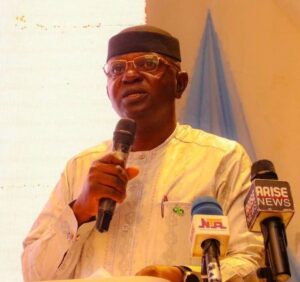
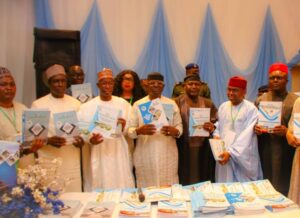
April – June: 666 communities in 52 LGAs across 14 states.
July – September: 549 communities in 114 LGAs across 30 states.
October – November: 489 communities in 56 LGAs across 13 states.
In addition, moderate floods are expected in:
April – June: 445 communities in 116 LGAs across 24 states.
July – September: 1,458 communities in 271 LGAs across 33 states.
October – November: 1,473 communities in 171 LGAs across 26 states.
The minister emphasized on the flash and urban flooding are anticipated in major cities due to high rainfall, poor drainage systems, and lack of flood-resilient infrastructure. Cities at risk include Abakaliki, Abeokuta, Abuja, Asaba, Benin City, Birnin-Kebbi, Calabar, Ibadan, Kaduna, Kano, Lagos, Makurdi, Onitsha, Osogbo, Port Harcourt, Sokoto, Warri, and Yola.
“Coastal flooding is expected in Bayelsa, Cross River, Delta, Lagos, Ogun, Rivers, and Ondo due to rising sea levels and tidal surges, threatening fishing, wildlife habitats, and river navigation.
To address the impending crisis, according to Prof Utsev that the Federal Government is implementing several initiatives:
1. National Flood Insurance Programme (NFIP): A pilot scheme in Kogi and Jigawa States to provide insurance for vulnerable households, farmlands, and livestock against flood damage.
2. Integrated Climate Resilience Innovation Project (I-CRIP): A multi-ministerial initiative to enhance food security, dairy production, and power generation through climate-smart agriculture and improved water resource management.
3. NigerFLOOD Project: A flood control and river management project from Lokoja (Kogi) to Bayelsa, improving navigation, irrigation, hydropower, and eco-tourism.
4. Annual Drought Outlook: To be introduced later this year, complementing flood predictions and aiding water resource planning.
In calling for Preparedness and Collaboration, Representing the Minister of Environment, Mr. Usman Abdullahi, Director of Erosion, Flood, and Coastal Zone Management, stressed the urgent need for early warning systems, climate-smart agriculture, improved drainage, and timely relocation plans.
“Flood management is not just a government responsibility; it requires active participation from traditional rulers, community-based organizations, women, youth, and the private sector,” Abdullahi noted.
Also, Richard Pheelangwah, Permanent Secretary, Ministry of Water Resources and Sanitation, reiterated during his welcome address that proactive planning is crucial, stating, “Flood forecasts are not just numbers; they are about protecting lives and livelihoods.” He urged stakeholders to take early action to prevent disasters like the devastating 2022 floods.
In Strengthening Community-Based Early Warning Systems, Umar Ibrahim Mohammed, NIHSA Director-General,, announced that the 2025 AFO features improved methodologies, moving beyond general predictions to identifying specific communities at risk. “This approach strengthens resilience and provides policymakers with precise, actionable flood risk data.”
A representative of the World Meteorological Organization (WMO), Professor Celeste Saulo, emphasized the increasing frequency and intensity of floods due to climate change. She praised Nigeria’s efforts in improving hydrological data and early warning systems, stating that collaboration between international agencies and Nigerian institutions will enhance flood resilience.
The 2025 AFO underscores the urgent need for early preparedness, policy-driven flood management, and grassroots community engagement. Authorities are urging state governments, local councils, and at-risk communities to act on the forecast’s insights, enhance disaster preparedness, and participate in national programs to reduce flood vulnerability and save lives.

